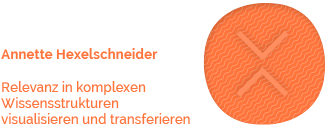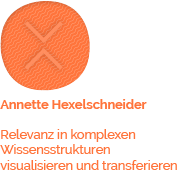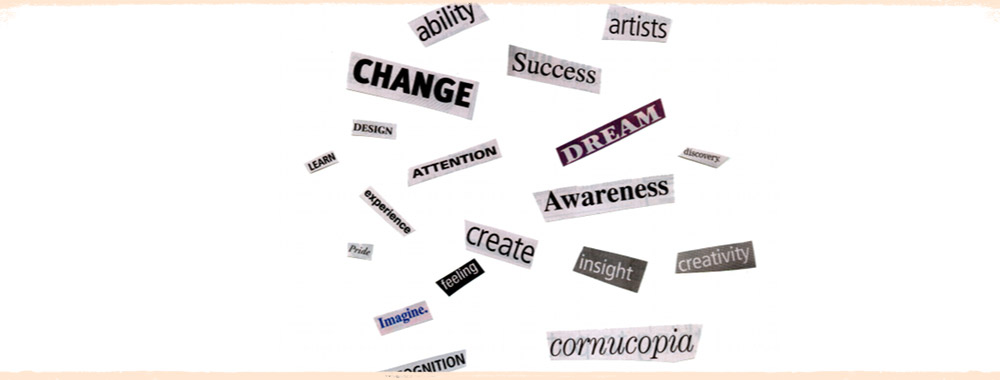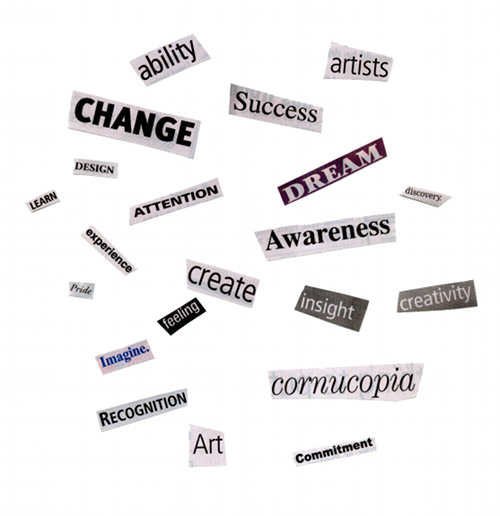Zum Glück gilt Story Telling endlich als business-tauglich. Es hat sich herumgesprochen, wie wirksam die “Kraft des Erzählens” (narratives Denken/Sprechen/Schreiben) ist und wie nützlich neben dem argumentativen Denken/Sprechen/Schreiben.
Zum Schluss der kleinen Serie, die Sie anregen soll, Ziele für/in 2011 einmal etwas anders zu visualisieren, stelle ich Ihnen das Format Geschichte dafür vor.
Sie haben ein Ziel – beruflich oder privat. Alles wohlüberlegt, geplant, in Abschnitte zerlegt und vielleicht schon angegangen. Doch plötzlich beschleichen Sie Zweifel oder Ihre Energie lässt nach oder es gelingt Ihnen nicht, andere von Ihrem Ziel zu überzeugen. Eine evaluierende, energetisierende, motivierende Hilfe kann eine Geschichte sein: die Zukunftsgeschichte. Eine Geschichte, die den Punkt in der Zukunft beschreibt, an dem Ihr Ziel Wirklichkeit geworden ist.
Mit der Zukunftsgeschichte visualisieren Sie Ihr Ziel mit all seinen Aspekten. Das Ziel kann zum Beispiel ein neues Produkt sein, wie sieht es aus, welche Zeitung hat darüber was berichtet, was sagen die ersten Kunden,…
Quasi ist solch eine Geschichte ein dummy Ihres Zieles. Mit vielen Vorteilen:
- von allen Seiten betrachtbar,
- in seiner Wirkung zu beobachten,
- verbesserbar,
- überzeugend,
- beglückend,
- …
Im Usability-Context sind Zielgeschichten bereits ein Werkzeug, das sicher auch in anderen Firmen wirksam verwendet werden kann:
„At the beginning of this project, we found the head of the support staff sitting on the floor in her office, sorting through a collection of product boxes, trying to figure out what we sell—in which countries, under what name—to answer a customer’s question. Yep. Sitting on the floor reading labels was faster than finding someone to run a query on the product database. Why can’t she do this herself, on an easy-to-use Web site? Here’s the future we imagined:
February 17, 3:23 pm, London, England: Susan Bentley needs product information. She just received an inquiry from a pharmacist, concerning a customer who is on vacation in San Francisco and has lost his allergy medication. He needs to find a place to purchase the product in the US or identify an alternative. Sue uses the Product Encyclopedia, which includes the entire consumer-product database. A search by product name, ingredient, and country produces a total of three different options. She contacts the pharmacist and forwards the information.
Let us show you how we think this could work…“ (Quesenbery, Brooks, 2010)
—
Ziele im Blick behalten mit Visionscollagen, MindMaps, Geschichten,…
Welche Ziel-Visualisierung nutzen Menschen, die sich beruflich mit Visualisierungen beschäftigen?
Christine Martell von Visuals Speak hat uns freundlicherweise einen Einblick gegeben.
KnowVis: How do you make sure that you keep an eye on your (2011) goals?
Christine Martell: I use a combination of things to keep an eye on my goals. I do make vision boards occasionally, but I find it can be difficult to get beyond the limitations of my own mind. I often achieve the things on my board, but mostly because I think I find pictures to illustrate what I already know. As a balance I use sticky notes on my wall to itemize and make the goals more concrete. I like that they stay mobile and not precious when on notes. I can reorder and re-prioritize to adapt to the ups and downs of day to day life.
I also use VisualsSpeak tools on a regular basis to help spark other insights, especially if I get stuck and need a fresh perspective.
KnowVis: How does these visualizations help you?
Christine Martell: The vision boards create a marker in time, what my understanding was in a particular moment. They often depict a higher level picture. The sticky notes give me a sense of the steps I will need to get to the bigger goals. The VisualsSpeak tools inspire me to think about things in a new way.
Foto: Von fugue auf SXC
Quellen: Whitney Quesenbery and Kevin Brooks (6.9.2010) „Juicy Stories Sell Ideas“ in UX matters – Insights and inspiration fort he user experience community




Hinterlasse einen Kommentar